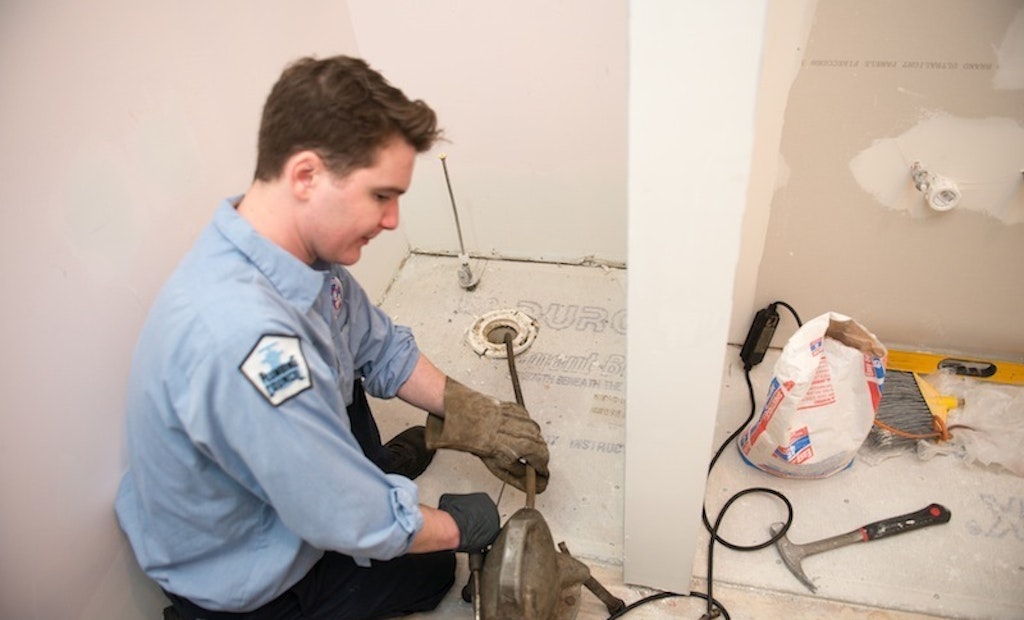When responding to a drain service call, one of the first things you’ll have to determine is how you’ll be accessing the pipe. Here’s a look at the options.
Entering the drain through an outside cleanout
The ideal position to rod a drain is through an outdoor cleanout....






